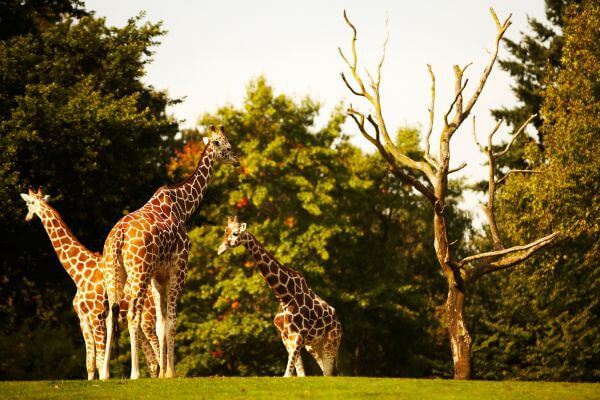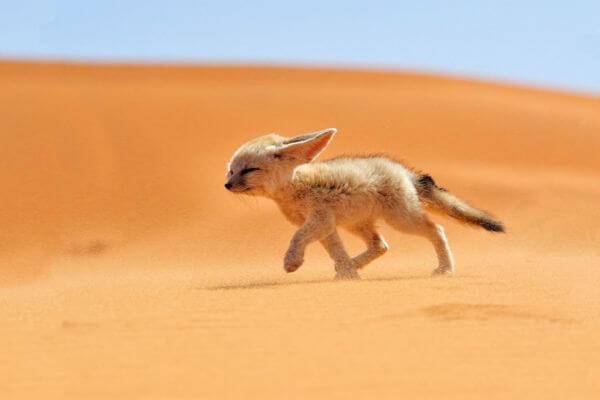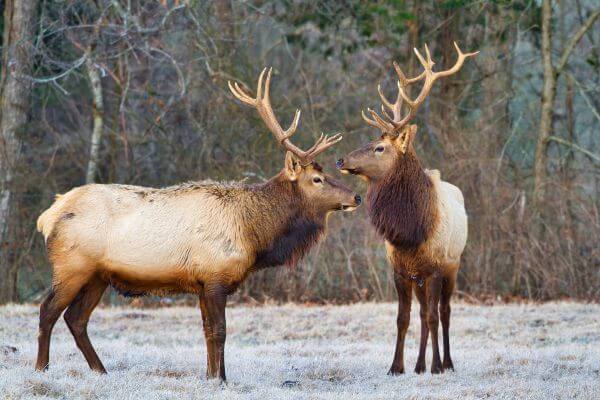The connections between humans and animals go far beyond what we can imagine. In this article, we will explore how these connections manifest in animal behavior, especially in the context of dog training.
Unraveling Canine Instincts

As we delve into the study of animal behavior, we realize that many of the traits we consider problematic behaviors are actually natural manifestations of canine instincts. For example, digging may be frustrating for owners, but for dogs, it’s an instinctive way to search for food or create a comfortable resting space. Understanding these instincts is crucial in addressing and managing such behaviors effectively (animal behavior).
By using positive reinforcement in dog training, we harness these natural instincts to promote desirable behaviors. Instead of suppressing or punishing undesirable behaviors, we focus on encouraging and rewarding actions we want the dog to repeat. This not only makes the learning process more effective but also strengthens the bond between the owner and the animal.
The key to a successful relationship with our dog is understanding and respecting its instinctive nature. By recognizing that many behaviors have deep roots in canine evolution, we can approach training in a more empathetic and effective manner. Investing time and effort to understand our furry companion’s instincts is essential for fostering a happy and healthy environment for both.
The Importance of the Human-Animal Bond

The relationship between humans and dogs is one of the oldest and deepest in human history. Since ancient times, dogs have been our loyal companions, playing important roles in our lives, from hunting to guarding and companionship. This unique connection is based on a strong and enduring emotional bond.
When it comes to training, the bond between owner and dog plays a crucial role in the success of the process. Dogs are highly social animals, valuing closeness and interaction with their owners. A strong bond not only facilitates communication between owner and dog but also promotes trust and cooperation during training.
By investing time and energy in developing this bond, dog owners can reap the benefits of a more harmonious and satisfying relationship with their pets. Training becomes not just a matter of teaching commands but of strengthening the relationship and partnership between owner and dog.
Canine Psychology in Action

Canine psychology offers valuable insights into understanding our furry companions’ behavior and tailoring effective training strategies. By recognizing dogs’ unique needs and learning styles, we can adapt our approaches accordingly.
A key principle is positive reinforcement, which emphasizes rewarding desired behaviors to increase their likelihood of recurrence. This method fosters a positive learning environment and strengthens the bond between owner and dog.
Consistency, patience, and empathy are also crucial in training. Each dog is an individual with distinct needs, requiring a compassionate and personalized approach for optimal results.
Connecting Meaningfully with Your Dog

In this article, we’ve discussed the relationship between humans and dogs, focusing on understanding their instincts, positive reinforcement in training, and building a respectful partnership. By prioritizing our dogs’ well-being, we strengthen our bond and turn training into a journey of growth.
As trainers and owners, we’re privileged to be part of our dogs’ lives, contributing to their happiness and development. Each interaction deepens our connection.
Every moment with our dogs is an opportunity for learning and love. Cherish these moments, celebrating achievements and nurturing a relationship based on respect and affection.
Share your training experiences and stories about your connection with your dog in the comments or reach out through our social media channels. Let’s continue exploring the human-dog relationship together!